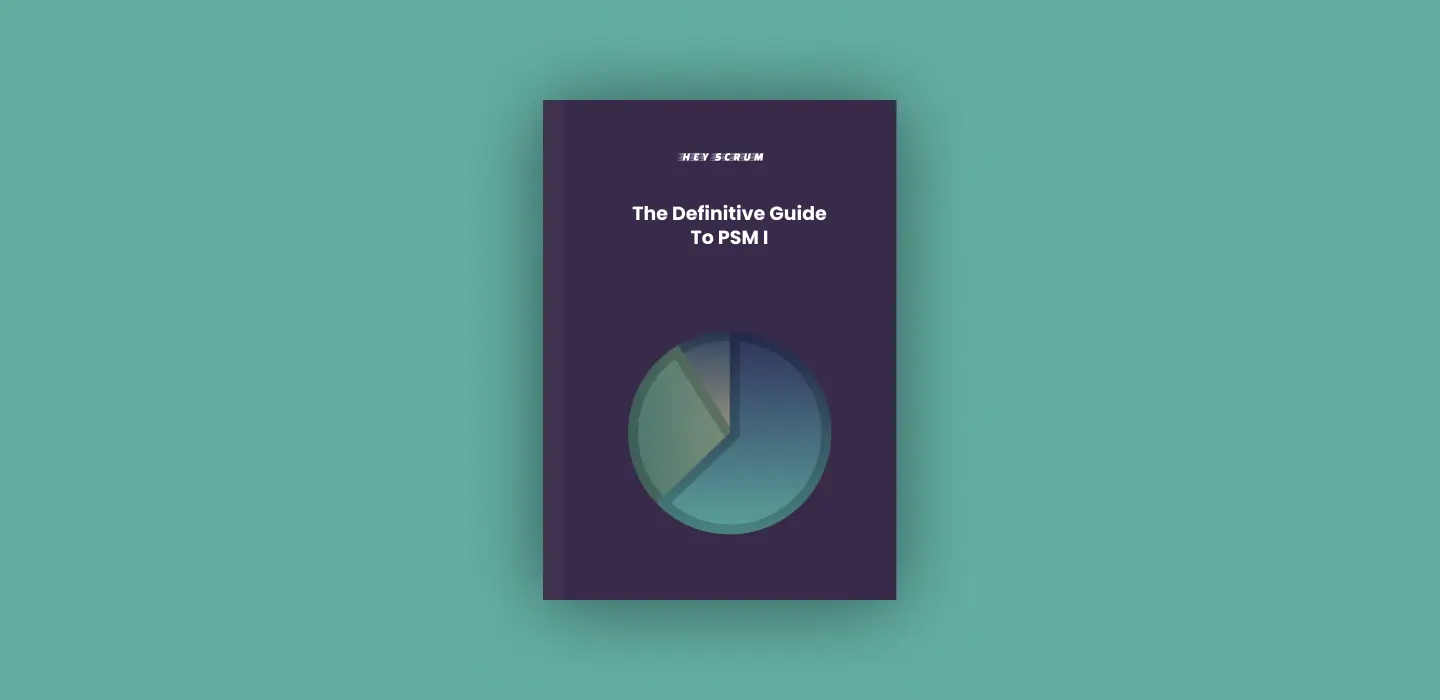Understanding the Product Owner’s Responsibilities in Scrum
In Scrum, the Product Owner plays a crucial role in maximizing the value of the product and ensuring that the Scrum Team’s efforts are aligned with the stakeholders’ needs and expectations. Let’s dive into the specific responsibilities of a Product Owner.
Exam Question
Which statement best describes a Product Owner’s responsibility?
(choose the best answer)
A. Maximizing the value of the work the Scrum Team does.
B. Directing the Developers.
C. Managing the project and ensuring that the work meets the commitments to the stakeholders.
D. Keeping stakeholders informed and happy.
E. Helping the Scrum Team to improve their ability to deliver.
Correct Answer
A. Maximizing the value of the work the Scrum Team does.
Explanation
The Product Owner’s primary responsibility is to maximize the value of the work the Scrum Team does. This involves several key activities:
1. Managing the Product Backlog:
- Ordering Product Backlog Items: The Product Owner ensures that the Product Backlog is ordered in a way that maximizes value. This means prioritizing items that deliver the most benefit to the stakeholders and users.
- Refinement: The Product Owner is responsible for refining the Product Backlog items so that they are clear and ready for the team to work on. This involves detailing the requirements, acceptance criteria, and other relevant information.
2. Stakeholder Engagement:
- Communicating with Stakeholders: The Product Owner acts as a bridge between the stakeholders and the Scrum Team. They gather requirements, feedback, and ensure that the stakeholders’ needs are represented in the Product Backlog.
- Maximizing Value: By understanding stakeholder needs and market conditions, the Product Owner can make informed decisions about which features and enhancements should be developed next to maximize the product’s value.
3. Collaboration with the Scrum Team:
- Sprint Planning: During Sprint Planning, the Product Owner works with the Developers to define a clear Sprint Goal and select the most valuable Product Backlog items to work on.
- Review and Feedback: The Product Owner reviews the Increment during the Sprint Review, gathers feedback, and adjusts the Product Backlog accordingly.
Responsibilities in Scrum
- Product Owner: Ensures the Product Backlog is ordered and refined to maximize value and align with the team’s capacity. Acts as the primary liaison between stakeholders and the Scrum Team. Maximizes the value of the work the Scrum Team does by making informed decisions on the Product Backlog.
- Scrum Master: Facilitates the Sprint Planning event, ensuring the team collaboratively defines a clear and achievable Sprint Goal. Coaches the team in Scrum practices, removes impediments, and facilitates team events to ensure productivity and adherence to Scrum principles.
- Developers: Collaborate to create the Sprint Goal and the Sprint Backlog, ensuring all work aligns with the Sprint Goal. Complete all tasks necessary to deliver a potentially shippable Increment, including ensuring that all Product Backlog items meet the Definition of Done.
Relevance to the PSM I Exam
Understanding the specific responsibilities of a Product Owner is critical for the PSM I exam. It highlights the importance of value maximization, stakeholder engagement, and effective backlog management, which are key principles in Scrum.
Key Takeaways
- Value Maximization: The Product Owner’s primary role is to maximize the value of the product by ordering and refining the Product Backlog.
- Stakeholder Communication: Regular and transparent communication with stakeholders is essential to ensure that the product meets their needs.
- Collaboration with the Team: The Product Owner collaborates closely with the Developers during Sprint Planning and Review to ensure alignment and value delivery.
Conclusion
The Product Owner is essential for ensuring that the Scrum Team’s work is aligned with stakeholder needs and delivers maximum value. By effectively managing the Product Backlog and engaging with stakeholders, the Product Owner plays a



